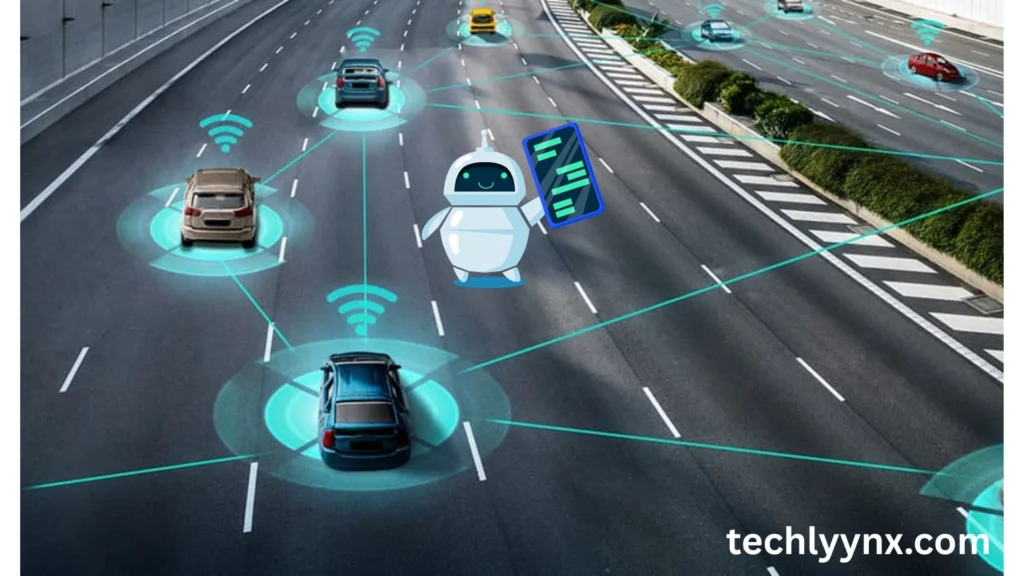One of the most significant changes in history is currently occurring in the transportation sector. In the past, the idea of cars that could drive themselves was merely the stuff of science fiction. However, today, self-driving cars are already making their way into the real world. At the heart of this revolution is the field of autonomous vehicle engineering, which is specifically responsible for turning this vision into reality. In essence, the goal of this field is to develop cars that can sense, think, and navigate without human assistance. To achieve this, it combines mechanical, electrical, software, and systems engineering into a unified approach.
The definition, operation, difficulties, and potential of autonomous vehicle engineering will all be covered in this article. This trip will provide you a clear picture of where the road is going. Regardless of whether you’re an aspiring engineer, tech enthusiast, or an inquisitive motorist.
What Is Autonomous Vehicle Engineering?
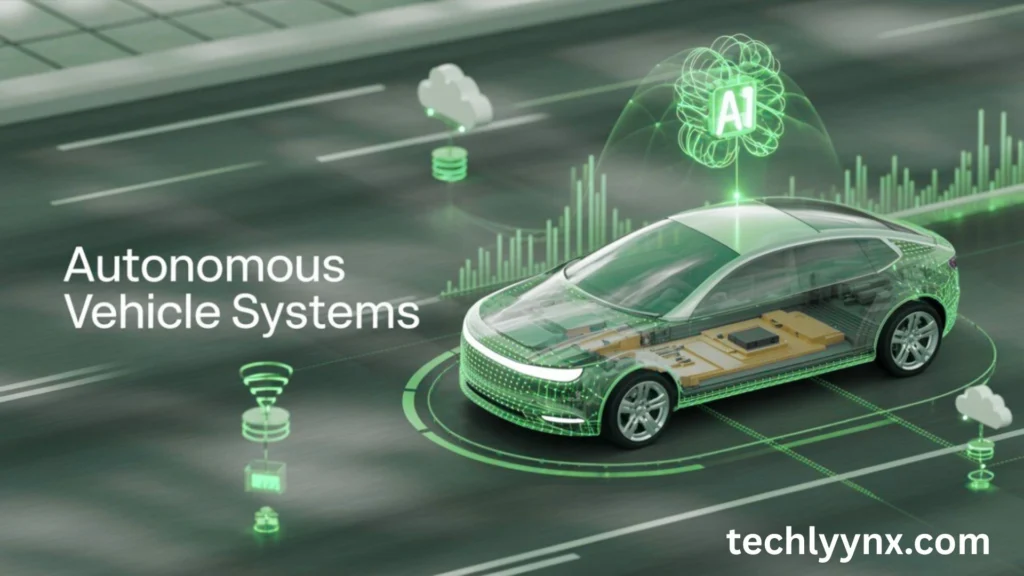
Self-driving automobiles are created in the area of engineering known as autonomous vehicle engineering. This covers all facets of the vehicle’s functioning, including the artificial intelligence systems that analyze and decide on the data. Also hardware, like as sensors, radars, and cameras.
The “brain” of an autonomous car is essentially an advanced computer system that combines information from several sources, much like our human senses do. For example, GPS guarantees precise location, while LIDAR offers a three-dimensional picture of the surroundings, and cameras serve as eyes. Ultimately, integrating these technologies to safely traverse uncertain real-world conditions is the core engineering problem.
The Core Components of Autonomous Vehicle Engineering
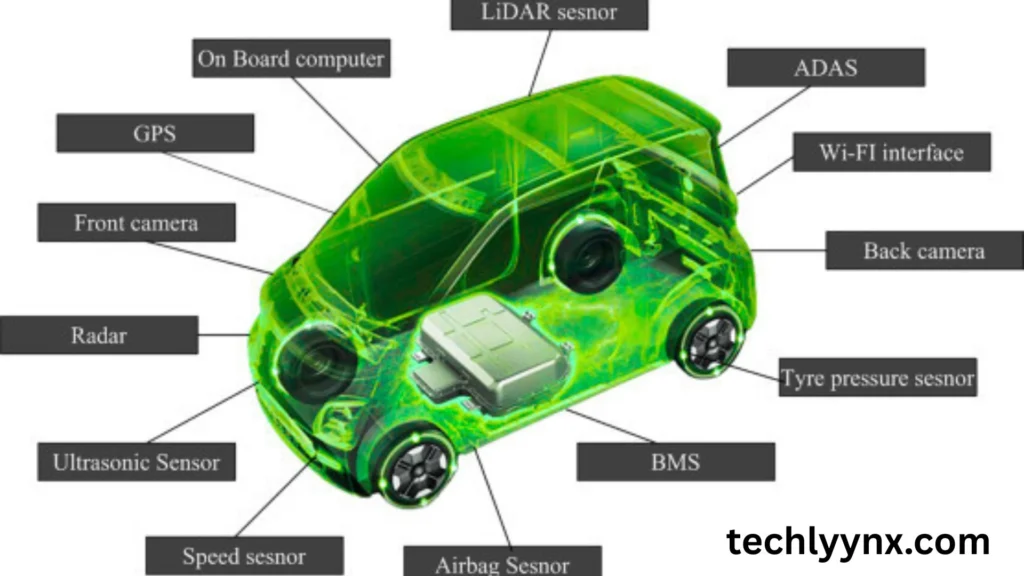
To better understand how self-driving technology works, let’s break down the key components . That engineers and developers prioritize during design and testing.
Sensors and Perception Systems
To “see” the world, autonomous cars use a combination of cameras, radar, ultrasonic sensors, and LIDAR, which detect lane markings, other vehicles, pedestrians, and road signs.
Data Processing and AI Decision-Making
Once sensors gather data, it’s processed by onboard computers running advanced AI algorithms. As a result, these algorithms predict the movement of nearby objects, plan routes, and decide how the vehicle should react.
Vehicle Control Systems
These are the mechanisms that translate AI-driven decisions into precise physical actions. As accelerating, braking, or steering—exactly when needed.
Connectivity
Modern autonomous vehicles frequently integrate with cloud-based systems to receive real-time mapping updates, traffic alerts, and software enhancements. This ensure it to operate efficiently, safely, and remain up-to-date.
Applications and Benefits Of Autonomous Vehicle Engineering
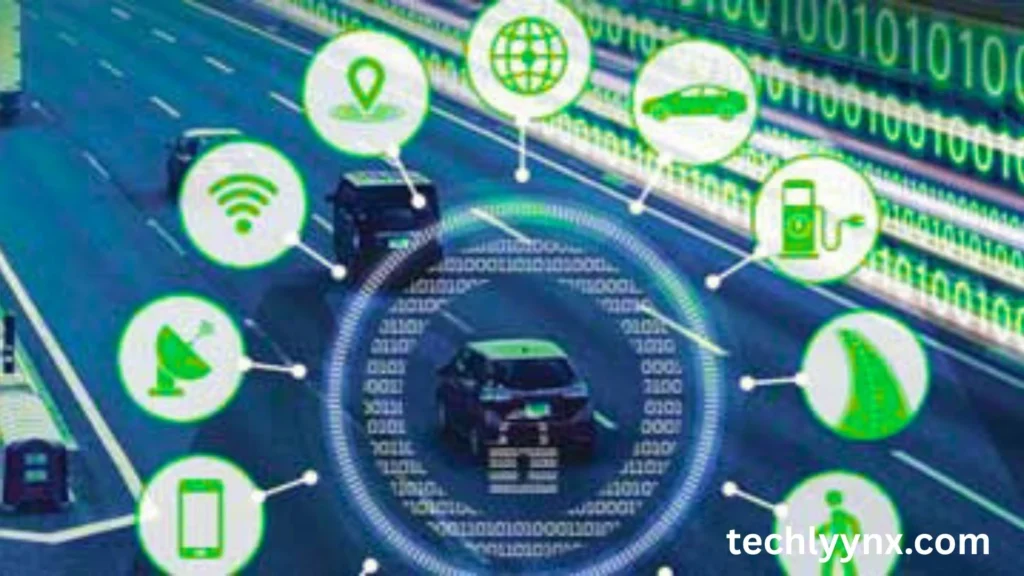
Autonomous vehicles are appealing for reasons other than convenience. The technology has the potential to improve road safety, ease traffic, and provide individuals who are unable to drive with greater independence and mobility.
Safety: Autonomous cars may be able to lower the number of accidents brought on by human mistake thanks to sensors that are never bored or distracted.
Efficiency: Vehicle-to-vehicle communication and intelligent route planning can reduce traffic congestion and maximize fuel efficiency.
Accessibility: Older people, people without driver’s licenses, and people with disabilities could all become more independent.
Autonomous vehicle engineering has the potential to transform freight transportation in sectors like logistics.
Even if advancements have been made quickly, major obstacles must be removed before self-driving cars.
Weather and Lighting: Sensors may be affected by severe rain, snowfall, or sun glare.
Complex Urban Environments: It takes sophisticated AI that can decipher chaotic scenarios to navigate a busy city with bikes, pedestrians, erratic cars, and animals.
Legal and Ethical Issues: Who is at fault in the event of an accident—the software developer, the manufacturer, or the passenger?
Public Trust: Still A lot of individuals are still afraid to entrust their safety to a computer.
Costly: Widespread adoption is slowed by the continued high cost of LIDAR devices, powerful processors, and safety redundancy systems.
Despite these challenges, industry leaders like Waymo and Tesla, along with innovative startups such as DensityAI, make steady progress through extensive real-world trials and advanced simulated testing.
The Future of Autonomous Vehicles
Exciting advances in autonomous car engineering are anticipated during the next ten years.
Advanced AI Training: Learning will be accelerated by combining real-world driving data with synthetic data from simulations.
More Affordable Technology: Autonomous vehicles will become more accessible to the general public as LIDAR and AI processors drop in price.
Integration with Smart Cities: AI systems installed across the city, smart traffic signals, and linked road sensors will all cooperate with self-driving cars.
Regulation and Standards: Governments will implement more precise rules pertaining to testing, liability, and safety.
Greater Adoption: As a result, greater adoption of autonomous vehicles may occur more quickly in delivery businesses, public transportation, and ride-sharing programs than among individual customers.
Real-World Examples
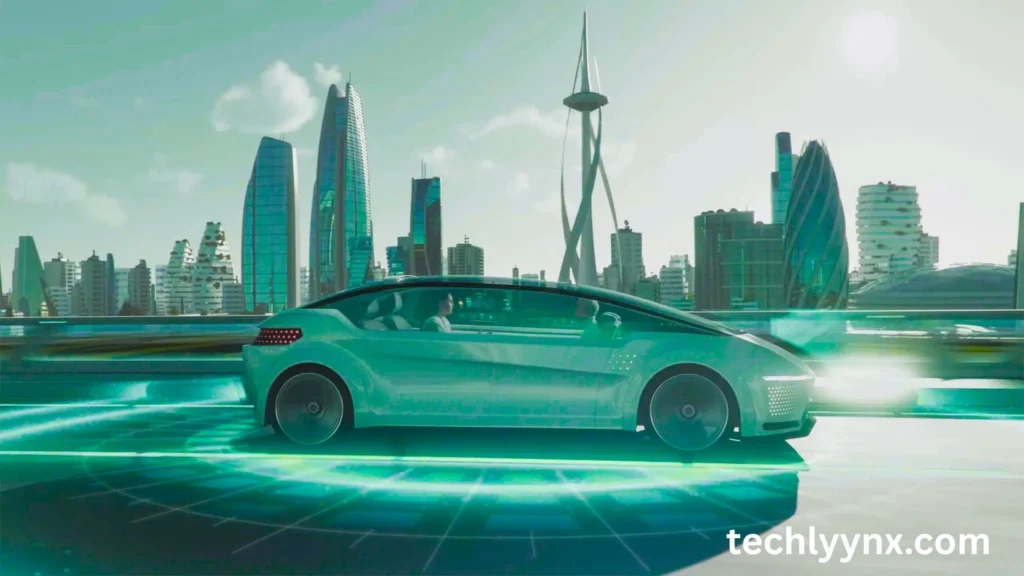
Waymo – A leader in autonomous taxi services, already operating in Phoenix, Arizona.
Tesla – Offers advanced driver assistance (Autopilot and FSD Beta) while still requiring driver supervision.
Pony.ai – Focuses on self-driving trucks and ride-hailing in China and the U.S.
DensityAI – A newcomer developing specialized AI hardware and software stacks for autonomous driving.
Conclusion
Indeed, autonomous vehicle engineering is more than just a technology trend—it’s a fundamental shift in how we move, work, and live. Challenges that didn’t even exist a decade ago are now being tackled by engineers, from building complex sensor systems to designing ethical AI decision-making frameworks.
The road to fully autonomous vehicles will be gradual, with mixed traffic of human-driven and self-driving cars for years to come. But as the technology matures, the potential benefits—safer roads, cleaner cities, and more accessible transportation—make the journey well worth taking.

